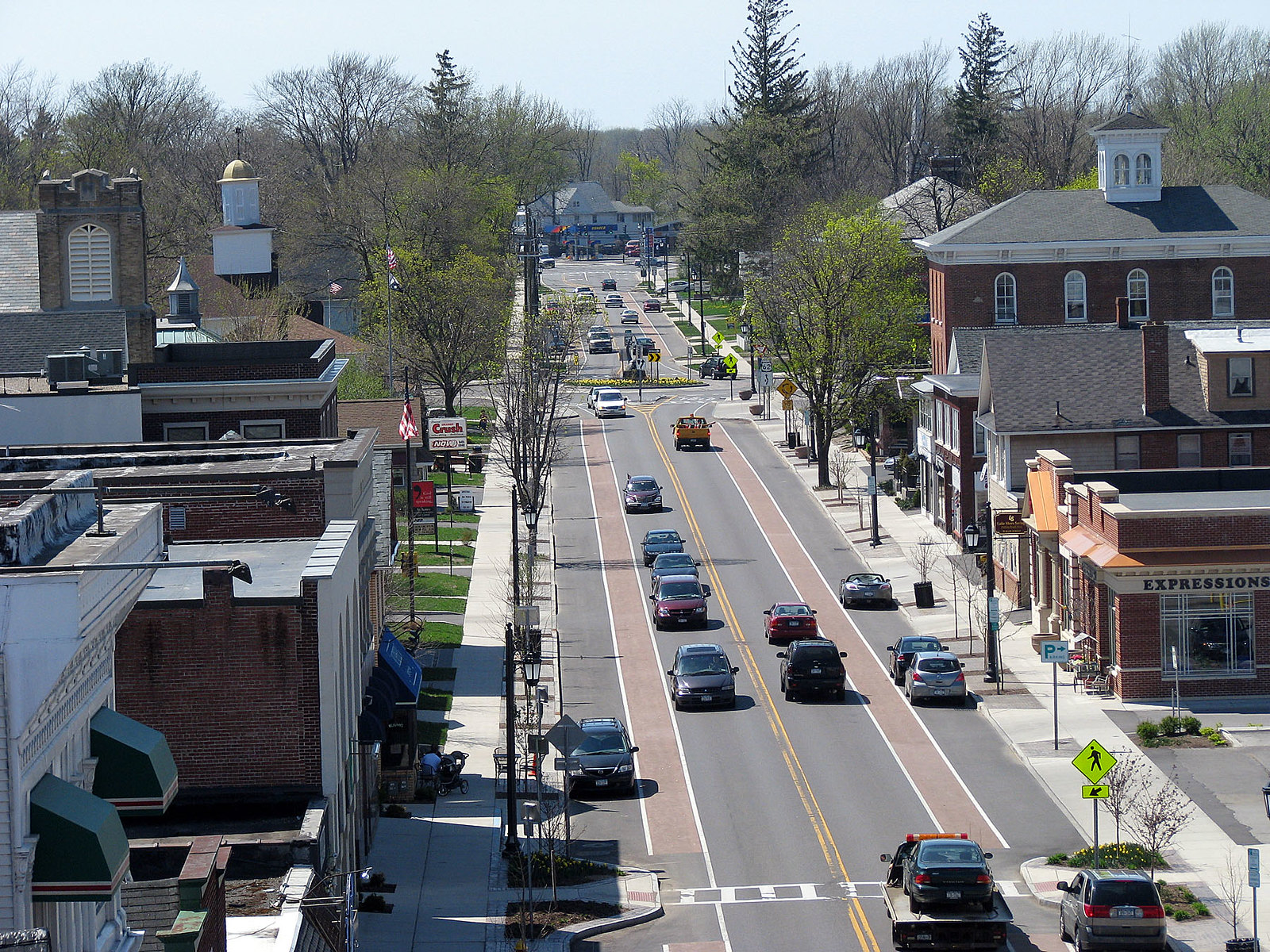The Obama administration last night revealed the names of local transit projects getting recommendations for federal aid under the U.S. DOT's New and Small Starts programs, which are set to receive $1.8 billion during fiscal year 2011.
 Federal Transit Administration (FTA) chief Peter Rogoff, in hard hat at the groundbreaking of New Jersey's rail tunnel. (Photo: WaPo)
Federal Transit Administration (FTA) chief Peter Rogoff, in hard hat at the groundbreaking of New Jersey's rail tunnel. (Photo: WaPo)The list includes some familiar urban projects -- New York's Second Avenue Subway, for instance, already had a full funding grant agreement (FFGA) with Washington and is poised to get $197 million in the 2011 White House budget -- and some newbie entrants, including bus rapid transit in the East Bay of Oakland and connecting New Britain with Hartford, Connecticut.
Federal Transit Administrator Peter Rogoff said
today that support from the Connecticut congressional delegation played a
pivotal role in bringing the New Britain-Hartford BRT to the funding
list.
"A lot of the communities [that Connecticut's proposed BRT line] would pass
through are depressed and would benefit not only from the connectivity
but from the jobs," Rogoff told reporters.
Even as the transit project list hit the streets, members of Congress were already touting their value of their local projects to job creation and congestion mitigation.
“We
have worked hard on the federal level to ensure a strong commitment to this
project and the thousands of local jobs it will create in the short term and
permanently,” Sen. Robert Menendez (D-NJ) said in a joint statement with fellow Democratic Sen. Frank Lautenberg (NJ) that celebrated the White House's award of $200 million to the Access to the Region's Core (ARC) tunnel plan.
Rogoff also couched the New and Small Starts investments as part of the administration's overall transport agenda, focusing on environmental sustainability and economic growth. New transit "will give our citizens
a way out of punishing traffic jams and improve their quality of life," he said.
Asked about the continuing uncertainty that surrounds the next long-term federal transportation bill, which led the U.S. DOT to submit placeholder estimates for future highway and transit spending, Rogoff pointed to the $8.4 billion in transit grants that were a part of last year's stimulus law.
"This agency's
budget spiked up 80 percent as a result of the Recovery Act," Rogoff said. "Another jobs bill ... could potentially
elevate our levels. I'd say that's a lot of budget dynamism."
The ARC tunnel, which aims to provide a new connection between New York City and the New Jersey suburbs, was recommended for an FFGA last year, making its inclusion in this year's New Starts list something of a foregone conclusion -- despite reported concerns that eminent domain battles could delay the project.
Still, the ARC tunnel's grant recommendation dwarfed all other urban transit propsals, save for the New York area's Long Island Railroad East Side Access project (slated to get $215 million in FY 2011).
In addition to the two BRT projects in Oakland and Connecticut, winners of new FFGAs from the U.S. DOT included San Francisco's Central Subway ($20 million in FY 2011), Honolulu's rail transit project ($55 million in FY 2011), the Central Corridor light rail in Minnesota's Twin Cities ($45 million in FY 2011), and Denver's East Corridor and Gold Line transit networks ($40 million each in FY 2011).
BRT was well-represented in the budget, with projects in three California cities -- San Bernardino, Riverside, and San Francisco -- getting nods in addition to two in Colorado's Roaring Fork Valley and the city of Fort Collins. New York City's Nostrand Avenue BRT is set to receive $28 million next year, with Austin's MetroRapid getting $24 million and new BRT for West Seattle snagging a $21 million recommendation.
Referring to the Nostrand Avenue BRT project, Rogoff singled out New York City Transportation Commissioner Janette Sadik-Khan for praise, crediting her for "leadership on this and other related projects."
(ed. note. This post was updated from an earlier edition to add new information.)





